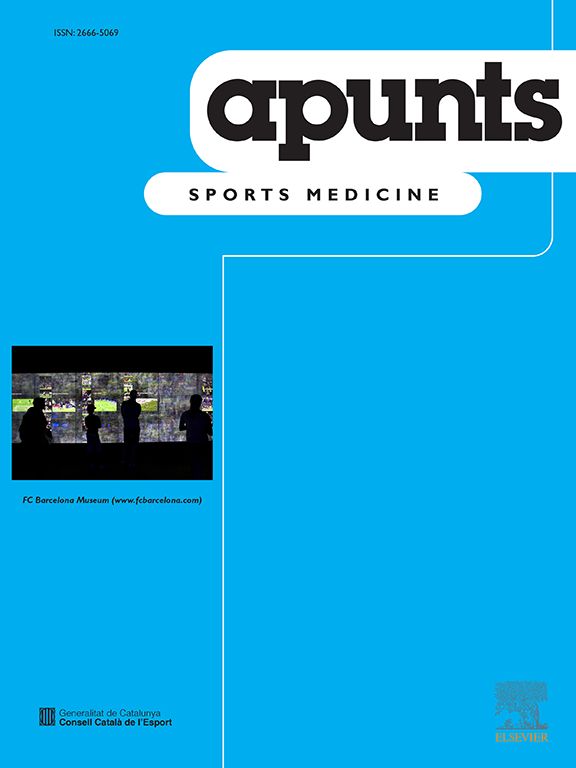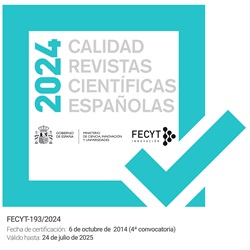Background: Reduced cardiorespiratory function is an independent risk factor for mortality by all causes, but mainly for coronary heart disease. Nevertheless, there are many difficulties in evaluating it by exercise testing in the epidemiological context. Alternative forms of evaluation have therefore been suggested using non-exercise regression models.Aim: To comparatively analyse equations for predicting VO2max through the "Non-exercise test to estimate maximal oxygen uptake" (PAR/PAF), and the American College of Sports Medicine (ACSM) in runners of marathon.Measurements: Socio-demographic variables: age (years), marital status, socioeconomic status, educational level, and membership of the Social Security Health System. Body composition variables: height (m), weight (kg), body mass index (BMI kg/m2) and abdominal circumference. Functional capacity: equations for the prediction of functional capacity VO2max described by Jackson et al PAR/PAF and the ACSM.Results: Correlations were seen between the ACSM calculation and the PAR/PAF questionnaire according to time of arrival (p < 0.001, r2 = 0,94), (PNS, r2 = 0.00), and according to age (PNS, r2 =0.00), (p < 0.001, r2 = 0.87), n = 81, respectively. When differentiating by age group, with the calculation of the ACSM and the PAR/PAF, a significant correlation was found in the in > 30 years group according to time of arrival (p < 0.001, r2 = 0.95), (PNS, r2 = 0.09), respectively. Results compared depending on age, ACSM (PNS, r2 =0.03), PAR/PAF (p < 0.001, r2 = 78). In the < 30 years group, compared with the methods the time of arrival, the calculation of the ACSM showed a high correlation (p < 0.001, r2 = 0.97), compare to the PAR/PAF calculation (PNS, r2 = 0.03). When comparing the two methods and their relationship with age, there were no significant correlations (r2 = 22) and (r2 = 0.05). A correlation between the two methods for indirectly estimating VO2max in the half-marathon runners was found only in the > 30 years group (p < 0.01, r = 32), n = 65.Conclusion: This study showed a higher adjusted r2, which reflected the quality and the prediction power of the models. The authors conclude that cardiorespiratory assessment by non-exercise models in epidemiological studies could be feasible.





